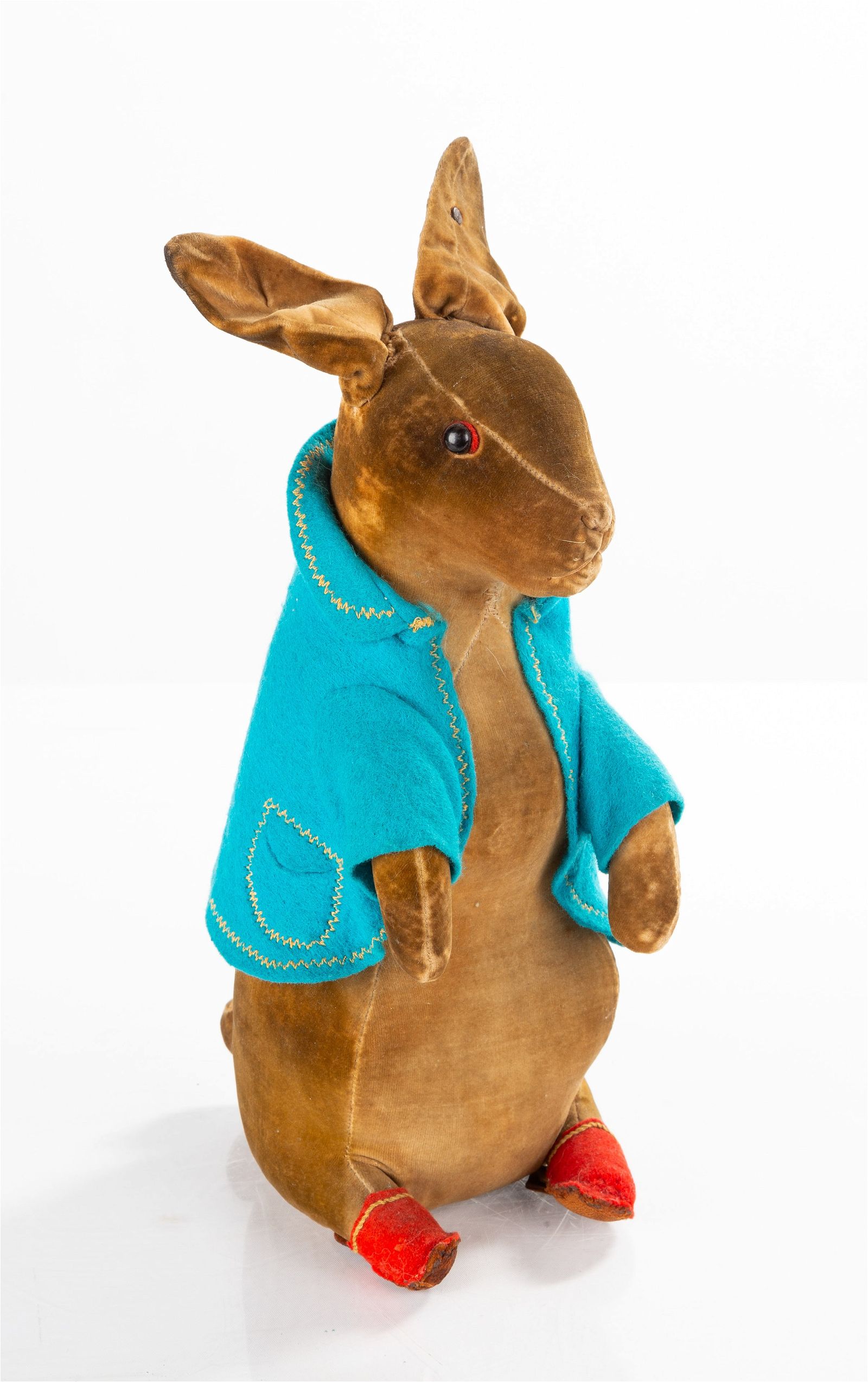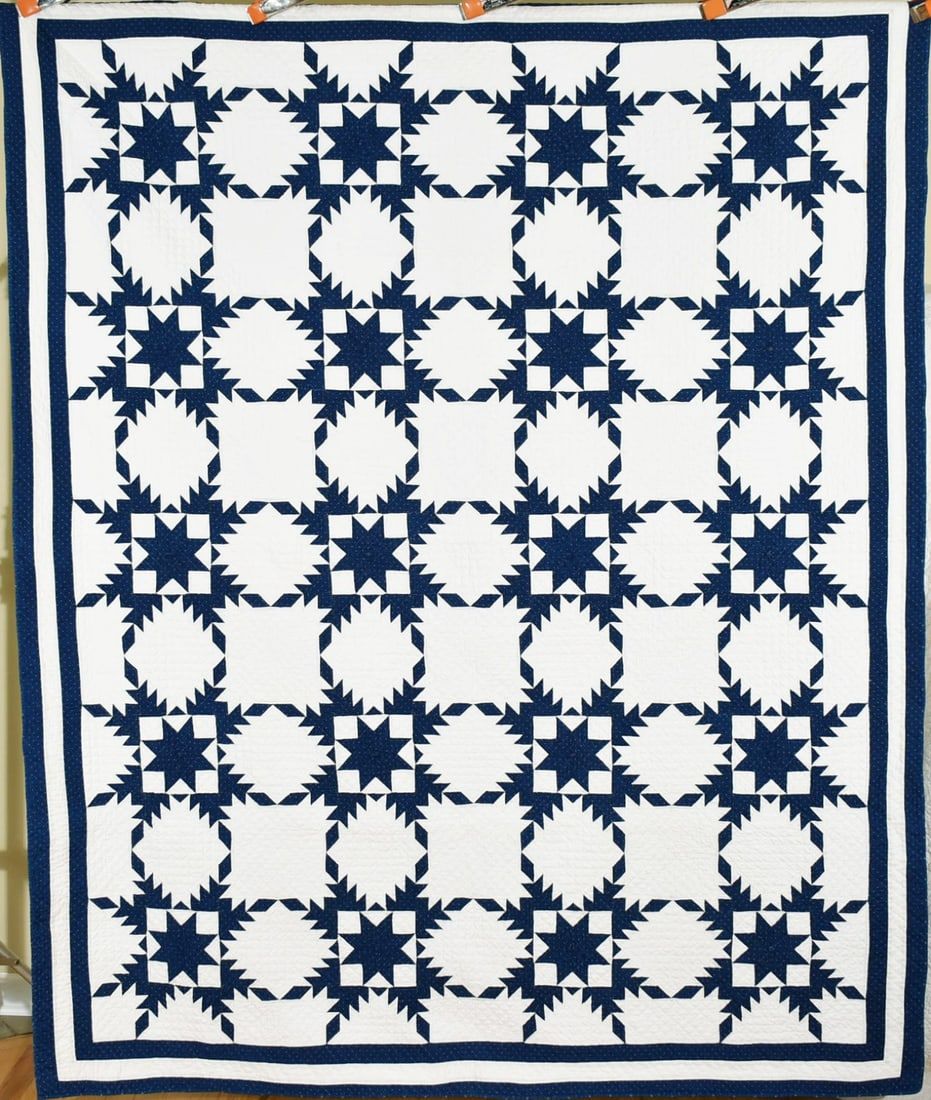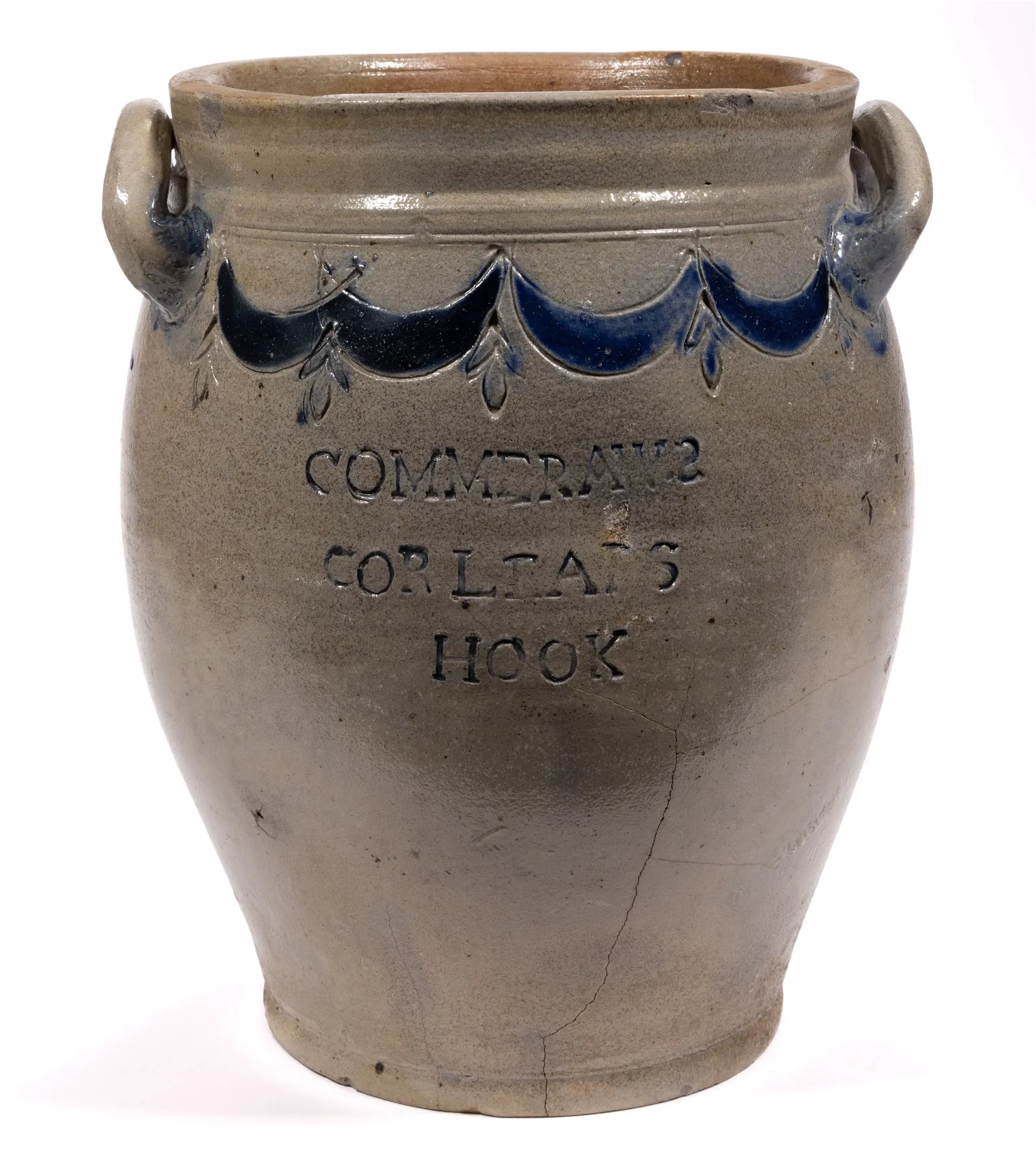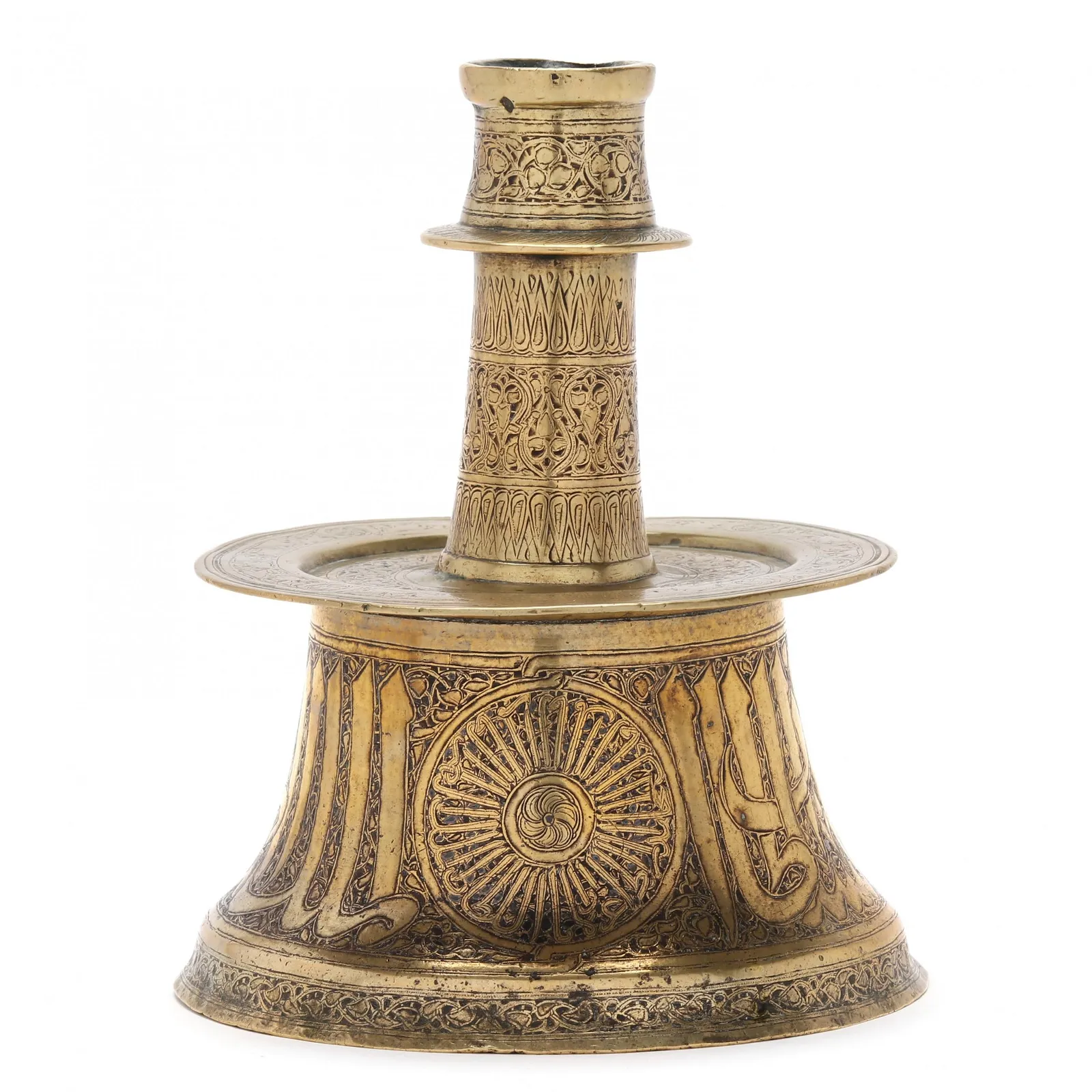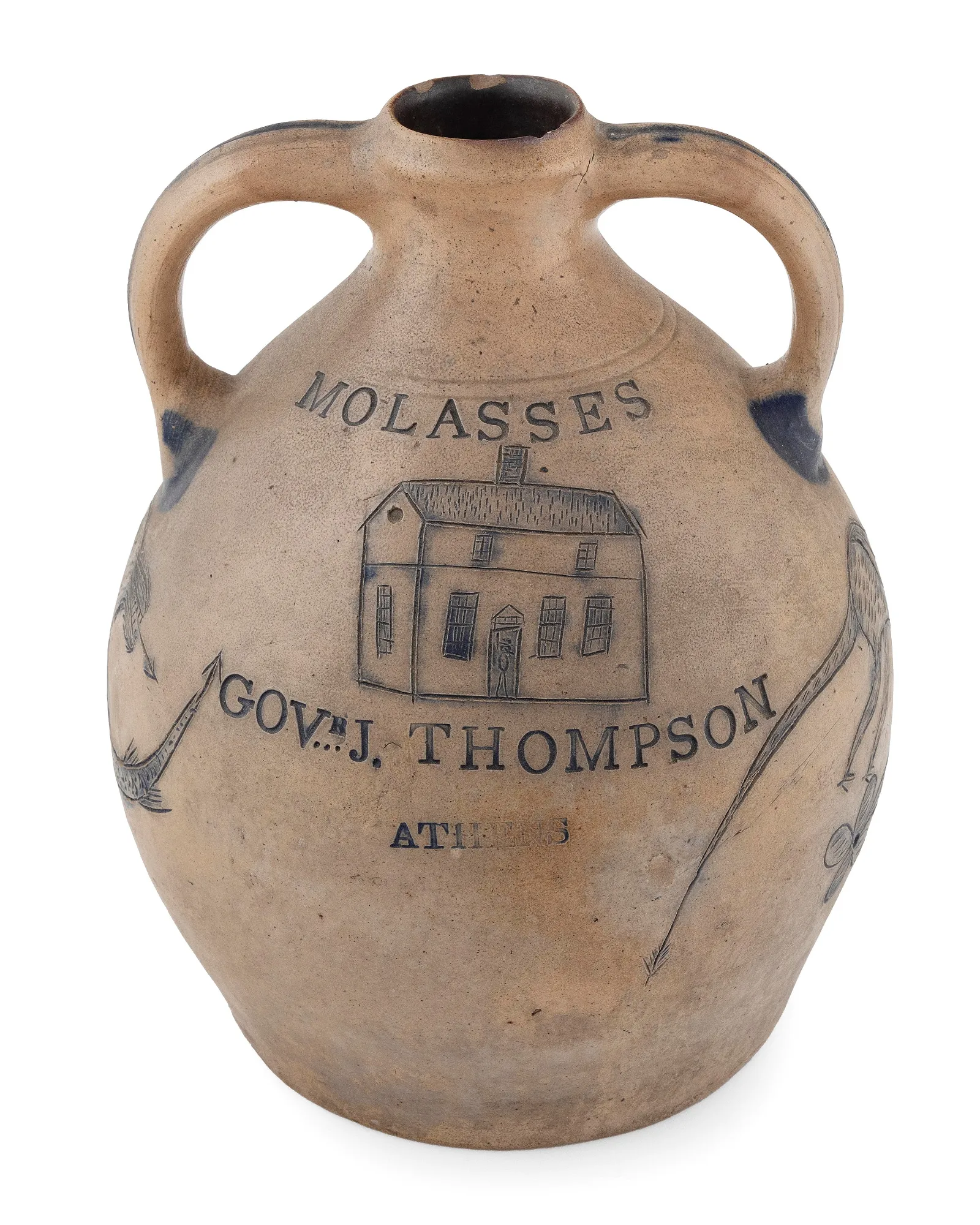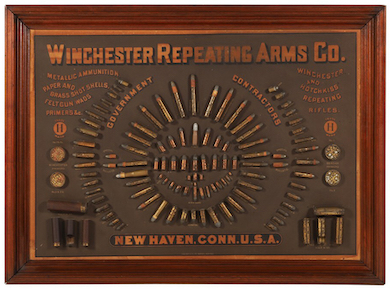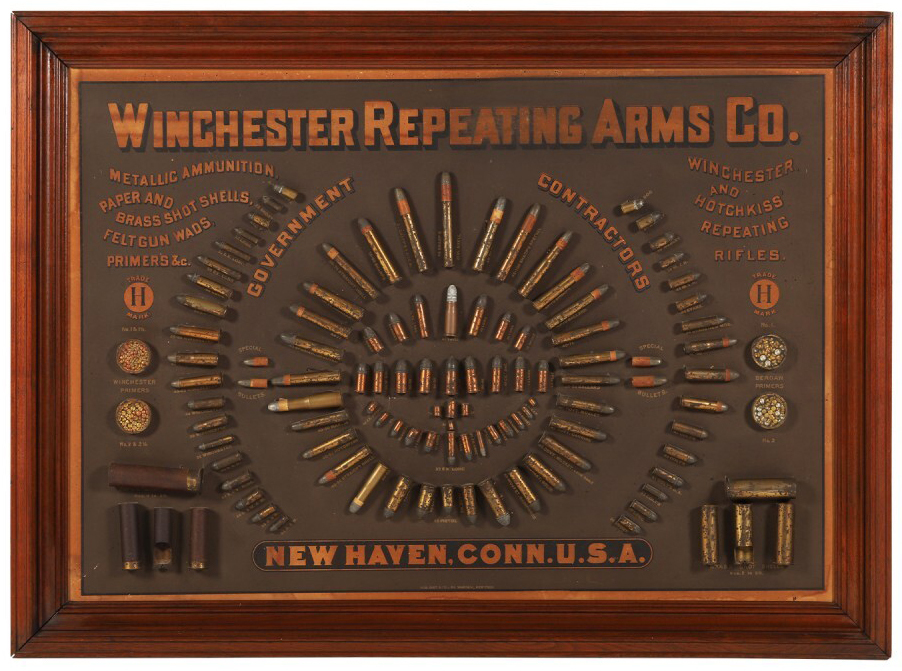GENESEO, N.Y. – The January 24 sale at Cottone Auctions was eclectic in the best possible way, posting healthy numbers for lots from several different categories of collecting. Complete results are available at LiveAuctioneers.
The overall top lot was a circa-1905 Tiffany Studios 10-light Lily lamp in favrile glass and bronze, retaining its original patina, which sold for $23,000 ($28,750 with buyer’s premium). But hopping away with a lot of attention and a sum far above its $700-$1,000 estimate was a circa-1910 Beatrix Potter Peter Rabbit stuffed animal, made by the venerable German toy firm Steiff. Created sometime within the decade following the first appearance of the beloved children’s book by British author Beatrix Potter, the rabbit, described as ‘rare’, sported red slippers, an aqua blue coat with yellow stitched details, and the all-important metal Steiff button in its right ear. The Steiff Peter Rabbit secured $9,500 ($11,875 with buyer’s premium).
Another lot that flew far past its estimate was a group of four Wiigwaasabak, or birch bark scrolls, created by the Ojibwa (Anishinaabe) tribal community circa 1900. The scrolls, written in the tribe’s ideographic language with a stylus, were evidently uninterpreted, but could hold information about Anishinaabe history, customs, rituals, song lyrics, or even recipes. Estimated at $500-$800, the foursome brought $7,500 ($9,375 with buyer’s premium).
Further testifying to the breadth of the sale lineup were several lots of Daum Nancy cameo glass miniatures, with the highest performer among them being a trio dating to the early 20th century that took the forms of a delicate cup painted with leaves and purple blooms, a yellow-ground vase with a long neck decorated with red flowers, and a pitcher-like vessel with a spherical stopper. Together, they realized $6,000 ($7,500 with buyer’s premium) against an estimate of $400-$600. And a stoneware jug from 1806, featuring an incised cobalt design and credited to potters Thomas Warne and Joshua Letts of South Amboy, New Jersey, estimated at $500-$800, earned $5,250 ($6,562 with buyer’s premium).

Circa-1910 Beatrix Potter Peter Rabbit stuffed animal by Steiff, with a metal Steiff button in one ear, which sold for $9,500 ($11,875 with buyer’s premium) at Cottone.

Detail of the circa-1910 Peter Rabbit stuffed animal by Steiff, showing the metal Steiff button in its ear. It sold for $9,500 ($11,875 with buyer’s premium) at Cottone.

Circa-1905 Tiffany Studios 10-light Lily lamp, estimated at $10,000-$15,000, which which sold for $23,000 ($28,750 with buyer’s premium) at Cottone.

Detail from a set of four circa-1900 birch bark scrolls by the Ojibwa (Anishinaabe) Native American people, which sold for $7,500 ($9,375 with buyer’s premium) at Cottone.


